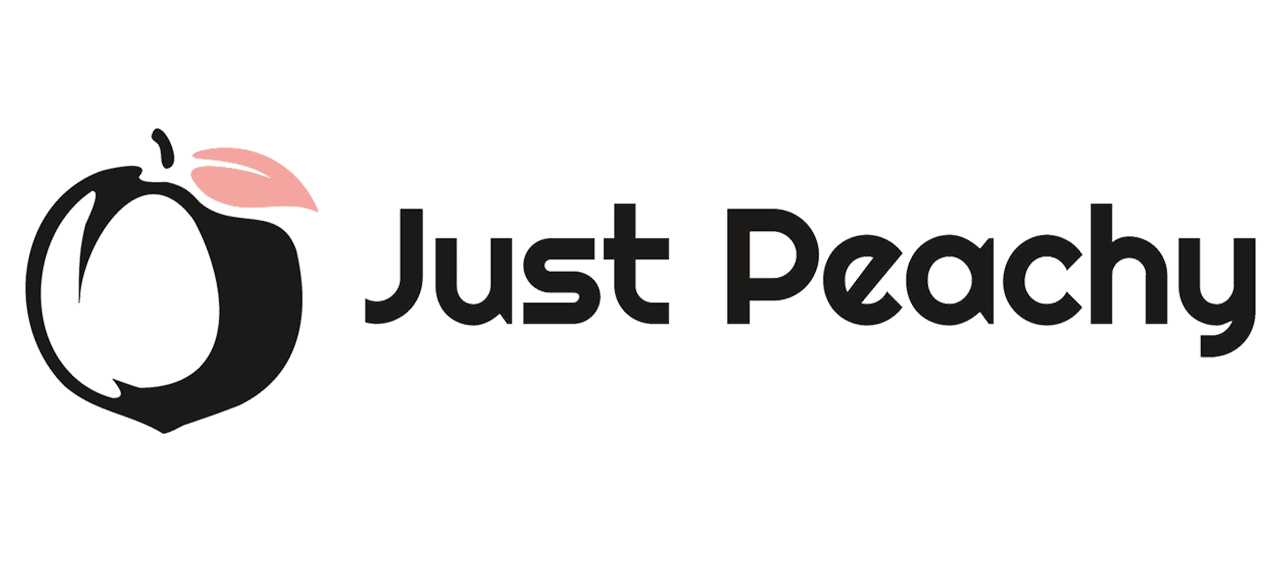Mastering Data-Driven Personalization: Implementing Precise Audience Segmentation and Content Tailoring
In the realm of content marketing, the ability to segment audiences with granular precision and tailor content dynamically is what differentiates top-performing campaigns from the rest. While Tier 2 offers an overview of segmentation strategies, this deep dive focuses on actionable, technical methods to implement sophisticated segmentation based on rich data insights, ensuring your personalization efforts are both scalable and highly relevant to individual customer needs.
Table of Contents
Defining Behavioral and Demographic Segments
The foundation of advanced segmentation lies in precise definitions of customer groups. First, identify demographic segments such as age, gender, location, and income level, which are static but essential for broad targeting. Second, develop behavioral segments based on interactions, such as website visits, time spent on pages, click patterns, and purchase frequency. To implement this:
- Data Extraction: Use SQL queries to extract demographic data from your CRM and behavioral data from your web analytics platforms.
- Normalization: Standardize data fields to ensure consistency, e.g., convert location data to standardized city/state formats.
- Feature Engineering: Create composite features like ‘purchase recency,’ ‘average order value,’ or ‘session engagement score’ to enhance segmentation granularity.
For example, segmenting customers into ‘High-Value Recent Buyers’ versus ‘Infrequent Browsers’ allows precise targeting with tailored messages, offers, or content. Always document your segment definitions with clear thresholds and criteria to maintain consistency across campaigns.
Using Clustering Algorithms for Dynamic Segmentation
Static segmentation provides a baseline, but for truly dynamic, evolving audiences, leveraging machine learning clustering algorithms—such as K-means, Hierarchical Clustering, or DBSCAN—is essential. Here’s how to implement this:
- Data Preparation: Assemble a dataset with all relevant features (demographics, behaviors, engagement scores) normalized between 0 and 1.
- Algorithm Selection: Use K-means for large, well-defined segments; Hierarchical clustering for more nuanced, nested segments; DBSCAN if you expect noise and outliers.
- Parameter Tuning: For K-means, determine the optimal number of clusters using the Elbow Method or Silhouette Score.
- Implementation: Use Python’s scikit-learn library to perform clustering, e.g.,
from sklearn.cluster import KMeans import pandas as pd # Assuming 'X' is your prepared dataset kmeans = KMeans(n_clusters=5, random_state=42) clusters = kmeans.fit_predict(X) X['Segment'] = clusters
Post-clustering, analyze each segment’s features to interpret their characteristics, enabling you to craft highly tailored content and offers. Remember, clustering is iterative; refine your features and parameters based on campaign results for continuous improvement.
Creating Actionable Segments for Campaign Targeting
Once your segments are defined, the next step is to translate these clusters into actionable audiences. This involves:
- Mapping Segments to Campaign Goals: For each segment, define specific objectives—e.g., re-engagement, upselling, brand awareness.
- Automated Segment Activation: Use marketing automation platforms (like HubSpot, Marketo, or Salesforce Pardot) to dynamically assign contacts to segments based on real-time data triggers.
- Personalization Rules: Develop rules within your CMS or email platform (e.g., HubSpot’s smart content, Salesforce’s Dynamic Content) that serve different content variations based on segment membership.
- Example: For high-value recent buyers, trigger personalized emails featuring exclusive offers; for dormant users, initiate re-engagement campaigns with tailored messaging based on their last interaction.
“The key to actionable segmentation is not just identifying groups, but operationalizing them through automation and content rules that adapt in real-time.”
Case Study: Segmenting E-commerce Customers for Personalized Recommendations
An online fashion retailer employed advanced customer segmentation integrating purchase history, browsing behavior, and engagement scores. They used K-means clustering to identify five distinct segments:
| Segment | Characteristics | Personalization Strategy |
|---|---|---|
| Frequent Buyers | High purchase frequency, high average order value | Exclusive early access to new collections, VIP discounts |
| Bargain Hunters | Price-sensitive, frequent site visits but fewer purchases | Personalized coupon offers, flash sale alerts |
| Casual Browsers | Low engagement, sporadic visits | Content-rich emails highlighting best-sellers and style tips |
By implementing these segmentation techniques, the retailer increased email click-through rates by 30% and conversion rates by 20%, demonstrating the power of precise, data-driven personalization.
Conclusion and Next Steps
Deep, actionable segmentation rooted in robust data analysis is the backbone of effective personalization. To elevate your campaigns:
- Invest in Data Infrastructure: Ensure your data collection, validation, and integration processes are expert-level and scalable.
- Leverage Machine Learning: Use clustering algorithms and continuous testing to refine segments dynamically.
- Operationalize Segments: Automate audience activation and content delivery with sophisticated rules and workflows.
- Monitor and Optimize: Regularly analyze performance metrics and adjust segment definitions and personalization tactics accordingly.
“The most successful personalization strategies are those that evolve with your customers, driven by data, automation, and a relentless focus on relevance.”
For a broader understanding of foundational content strategies, explore the {tier1_anchor}. By mastering these advanced segmentation techniques, you position your brand for sustained growth and deeper customer engagement, aligning perfectly with your overarching marketing goals.
